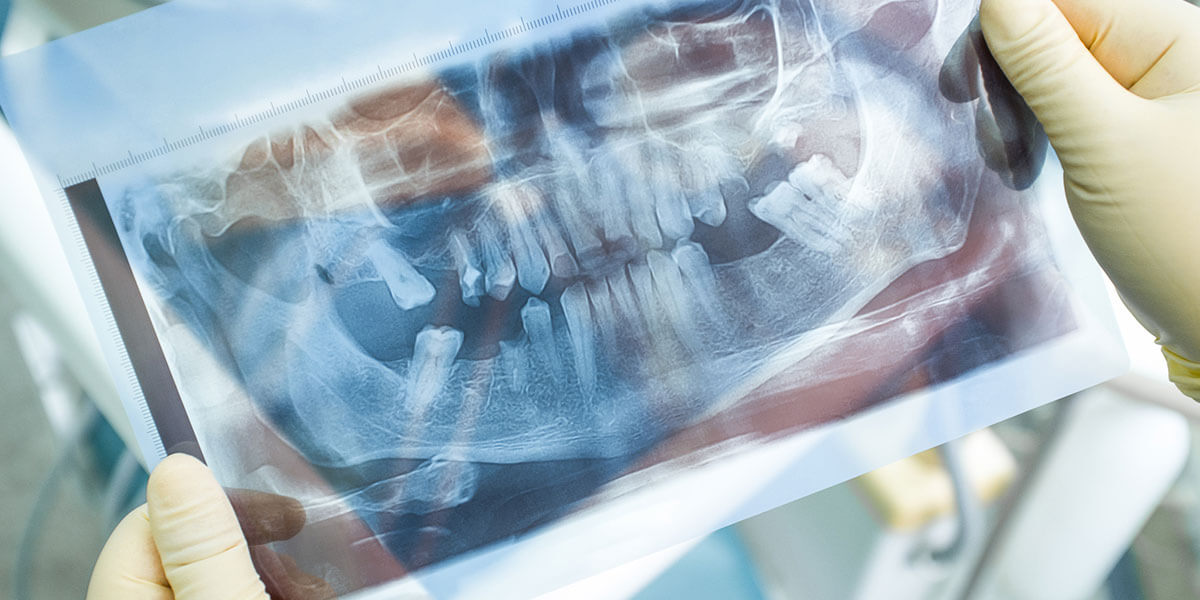Bone Grafting in Stuart, FL

Stuart Prosthetic Dentistry provides jaw bone grafting in Stuart, FL. Call our office today at 772.286.1606 to schedule an appointment.
Bone grafting may be required to address defects in a patient’s jaw. Bone grafting is a form of reconstructive surgery that helps to generate and rebuild bone and increase bone density.
Bone grafting surgery is performed to correct problems that may be the result of:
- Defects present from birth
- Trauma
- Removal of a tumor
- Tooth loss and subsequent loss of bone in the related jaw area
What is Minor Bone Grafting?
The most common bone grafting procedure is performed to enhance the upper or lower jaw bone in order to increase bone quantity and density in preparation for the placement of dental implants.
When a tooth is lost, the surrounding bone often is often affected over time. Patients without enough jaw bone mass are not candidates for dental implants. Bone grafting is often performed to reverse bone loss or enhance existing bone, allowing for the placement of dental implants after the bone graft has healed and created the necessary foundation for the implants.
Bone grafting for the purpose of rebuilding jaw bone to support dental implants can usually be done in our office. The surgeon may recommend that the grafting material be taken from the patient's own bone or from another source. Synthetic material can also be used to generate bone growth. Bone grafting allows for proper support of dental implants or prostheses. Healing time prior to the placement of the implants is generally between 4 - 6 months, though it can sometimes take longer.
What is Major Bone Grafting?
For more extensive bone grafting procedures, such as the correction of congenital defects, a hospital setting is required and grafting material may be taken from other areas such as the skull or hip.
How is the bone grafting procedure done?
During the bone grafting procedure, Dr. Tyler will provide profound local anesthesia to maintain your comfort. Depending on the type or complexity of the bone grafting procedure or your level of anxiety about the procedure, you may be referred to an oral surgeon or a periodontist, who are specialists in bone grafting and can provide you with options for deeper sedation.
If a tooth requires extraction, that will be completed first. When the tooth is already missing, a small opening is made in the area where the bone is needed. The grafting material is gently placed within the grafting site (extraction socket), alongside the existing bone, and stabilized with a protective covering (collagen plug or membrane). The area is sutured. The stitches will either dissolve on their own or be removed by your dentist in 7 to 10 days. It takes approximately 3 to 6 months for complete healing.
Where does grafting material come from?
Grafting material comes from several places. When bone is taken from another part of your body and transplanted into the desired site, that is called autograft. Autograft carries your own cells and carries no risk of disease transmission. However, it requires a second surgical site and there may not be enough available bone for the procedure.
When bone is donated by another tissue donor, then tested and processed to ensure safety and sterility, that is called allograft. Allograft bone does not require a second surgery site and is readily available. Allograft bone has been documented in clinical studies to have an excellent safety record.
Remember, this hard tissue treatment for bone replacement allows a foundation to be rebuilt for your smile with the use of dental implants.
